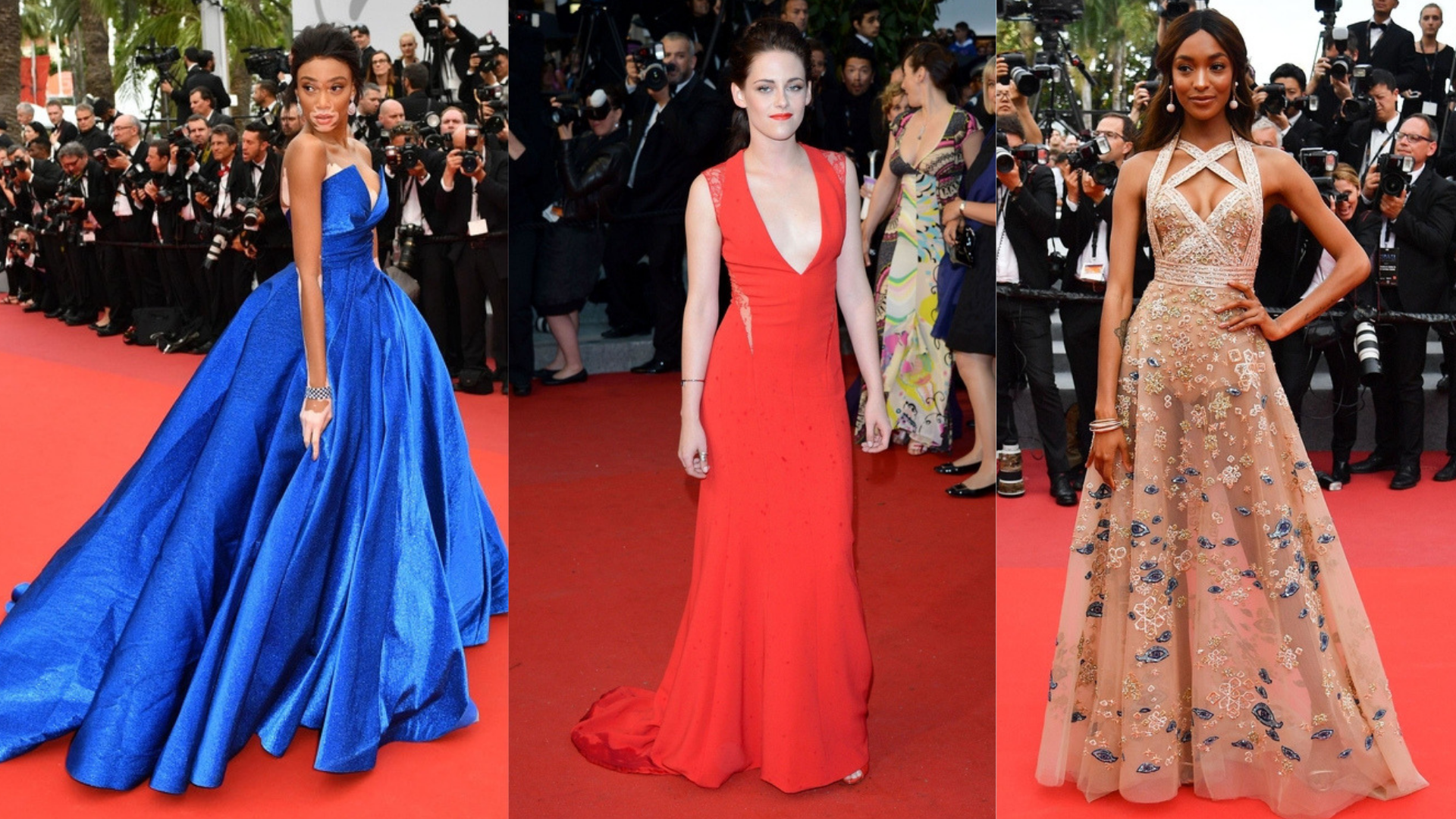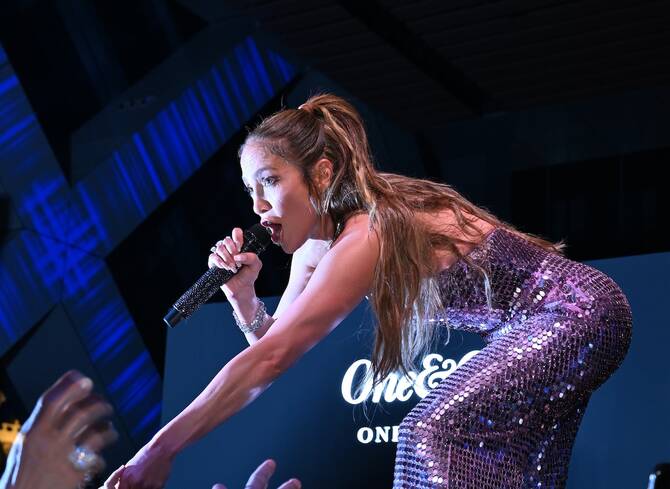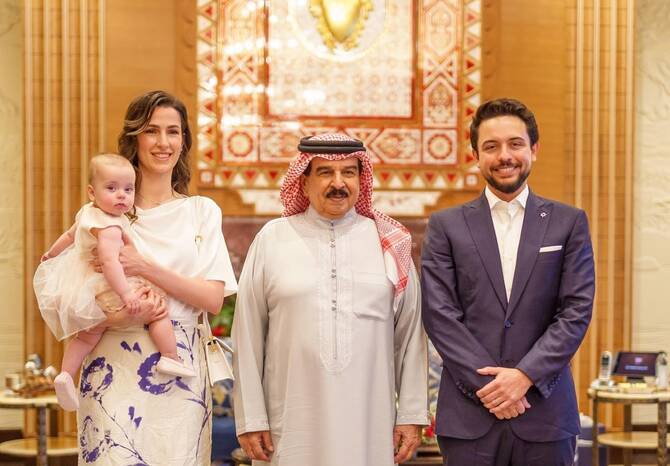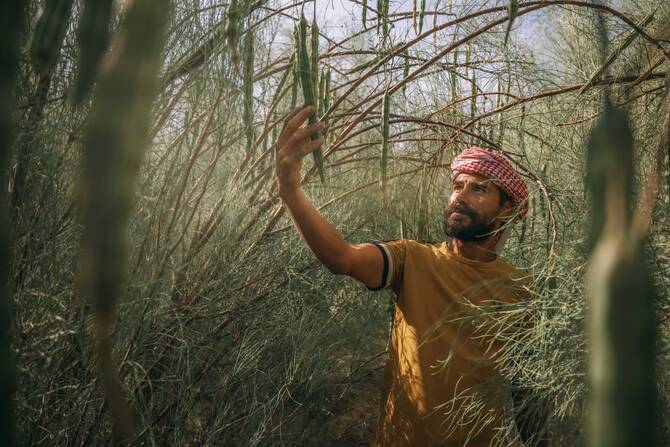The influence of Arab designs in Hollywood has undergone a remarkable transformation over the decades. From the luxurious fabrics to intricate patterns, Arab designs have carved a niche in the global fashion scene. This evolution can be traced back to the early days of cinema, where Arab-inspired attire was often used to represent exotic cultures. As the years progressed, however, Hollywood began to embrace authentic Arab designs, allowing designers from the region to showcase their heritage on the world stage.
Notable designers like Elie Saab and Zuhair Murad have become synonymous with elegance and sophistication. Their creations, often seen on the red carpet, have redefined Hollywood glamour and highlighted the beauty of Arab craftsmanship. These designers have not only contributed to the aesthetics of red carpet events but have also influenced mainstream fashion, leading to a greater appreciation for diversity in style.
Today, the presence of Arab designs in Hollywood symbolizes a cultural exchange, where traditional motifs merge with contemporary styles, offering a unique blend that resonates with a global audience. This evolution reflects not just a change in fashion, but a broader recognition of the value of cultural representation in the film industry.
As fashion enthusiasts look to incorporate Arab designs into their wardrobes, they can draw inspiration from the bold patterns and rich textures that characterize this unique aesthetic. The impact of Arab designs in Hollywood serves as a testament to the power of fashion as a means of storytelling and cultural dialogue.
Notable Arab Designers Making Waves On The Red Carpet
As Hollywood continues to celebrate diversity and inclusivity, notable Arab designers have emerged as key players on the prestigious red carpet. Their innovative designs blend traditional elements with modern aesthetics, showcasing the rich cultural heritage of the Arab world. In recent years, we’ve seen celebrities don the creations of these talented designers, helping to elevate Arab fashion to new heights on the global stage.
One designer making significant strides is Elie Saab, whose exquisite gowns often feature intricate lacework and beading that highlight Arab craftsmanship. Another prominent figure is Zuhair Murad, renowned for his glamorous ensembles that have graced the likes of Jennifer Lopez and Taylor Swift during high-profile events. These designers not only create stunning dresses but also redefine perceptions of Arab designs in contemporary fashion.
In addition to Saab and Murad, other designers like Rami Kadi and Georges Chakra have made their mark with unique silhouettes and bold colors. Their pieces often reflect a fusion of modern techniques and traditional motifs, which resonate well with both fashion enthusiasts and the general public. The impact of such notable Arab designers on the red carpet is evident as they consistently push boundaries and inspire a new wave of fashion trends.
As more Arab designers gain recognition, it is essential to acknowledge their contributions to the global fashion industry. Their ability to merge cultural significance with cutting-edge design ensures that Arab aesthetics will continue to captivate audiences around the world. The red carpet has become a platform for showcasing the artistry of Arab fashion, and as these designers gain more visibility, the future appears bright for Arab designs in Hollywood and beyond.
How To Incorporate Arab Designs Into Your Wardrobe
In recent years, Arab designs have been making a significant impact on global fashion, allowing style enthusiasts to infuse their wardrobes with unique and vibrant elements. From intricate embroidery to bold patterns, there are countless ways to incorporate these stunning designs into everyday wear. To start, consider adding statement pieces, such as a gorgeously designed kaftan or a beautifully tailored abaya. These pieces are not just traditional garments; they are versatile options that can easily transition from casual to formal settings.
Accessories also play a crucial role in incorporating Arab designs into your wardrobe. Look for handcrafted jewelry featuring traditional motifs or bags adorned with intricate patterns. Pairing a simple outfit with these statement accessories can elevate your look and create a striking cultural fusion. Furthermore, when selecting fabrics, opt for luxurious textiles that reflect the artistry of Arab designs, such as silks and brocades, which offer both elegance and comfort.
Never shy away from colors when embracing Arab designs. Deep hues like emerald green, sapphire blue, and rich burgundy are often associated with Middle Eastern aesthetics and can add a regal touch to your attire. Layering can also be a fantastic way to achieve an Arab-inspired look; use light shawls or wraps that showcase exquisite prints as a perfect outer layer for evening outfits. Ultimately, the key is to mix and match Arab designs with your current wardrobe, ensuring every piece feels authentic yet personal.
Consider collaborating with emerging Arab designers who are making waves in the fashion industry. Their collections often blend traditional elements with modern silhouettes, perfect for those looking to try something new. By thoughtfully incorporating these designs and elements into your wardrobe, you celebrate the rich cultural heritage while also making a bold style statement.
The Impact Of Arab Designs On Global Fashion Trends
The influence of Arab designs on global fashion trends is undeniable, as they infuse cultural richness and artistic flair into modern apparel. From intricate embroidery to bold colors, the elements of Arab fashion are increasingly being embraced by designers and brands worldwide. This confluence of styles not only celebrates the uniqueness of Arab heritage but also encourages the melding of different cultural aesthetics, creating a vibrant tapestry for contemporary fashion.
As notable Arab designers make their mark on the international scene, we witness a significant shift in the perception of Arab fashion. Their creations often blend traditional craftsmanship with modern silhouettes, making them appealing to a broader audience. Events such as Paris Fashion Week and New York Fashion Week have seen a surge in Arab influences, showcasing how these designs resonate globally. This trend highlights a growing appreciation for Arab artistry, proving that fashion is indeed a universal language.
Moreover, the presence of Arab designs on the red carpet has sparked conversations about cultural representation and diversity in fashion. Celebrities adorned in stunning Arab outfits often shine in the spotlight, bringing attention to the rich narratives woven into their garments. These moments on the red carpet not only elevate the designers but also inspire aspiring fashion enthusiasts to explore and integrate Arab styles into their own wardrobes.
In essence, the impact of Arab designs on global fashion trends reflects a larger dialogue about inclusivity and the celebration of cultural identity. As designers continue to draw inspiration from their heritage, the world of fashion becomes a more welcoming place for the majestic artistry of Arab cultures.
Embracing Arab Designs: Key Takeaways For Fashion Enthusiasts
The world of fashion is constantly evolving, and one of the most exciting trends gaining traction is the embrace of Arab designs. These designs not only reflect the rich heritage and craftsmanship of the Arab world but also contribute significantly to modern fashion narratives. For those looking to explore this vibrant style, understanding the importance of key elements in Arab designs can enhance your wardrobe.
One major takeaway is the intricate use of patterns. Arab designs often feature elaborate motifs and calligraphic elements that tell a story. Incorporating these patterns into your outfits can instantly elevate your style, making it unique and eye-catching. When selecting pieces, look for items that embody vibrant colors and detailed embroidery, as these are hallmarks of Arab designs.
Another essential aspect is the luxurious fabrics commonly used in Arab designs. Silk, brocade, and chiffon are just a few examples that not only feel great against the skin but also create a stunning silhouette. Whether it’s a flowing gown or a tailored blazer, choosing the right fabric can make all the difference in achieving that desired look.
Furthermore, understanding the balance between traditional and contemporary styles is crucial. Today, many designers seamlessly blend traditional Arab designs with modern silhouettes, creating unforgettable pieces for both casual and formal settings. Embracing these styles allows fashion enthusiasts to celebrate cultural heritage while staying relevant in today’s fashion landscape.
Consider accessorizing with Arab-inspired jewelry or footwear. Intricately designed pieces, such as statement earrings or embellished sandals, can enhance an outfit and provide a finishing touch that resonates with Arab designs. Overall, by embracing and incorporating these elements, fashion enthusiasts can express their unique style while appreciating the cultural richness of the Arab world.





